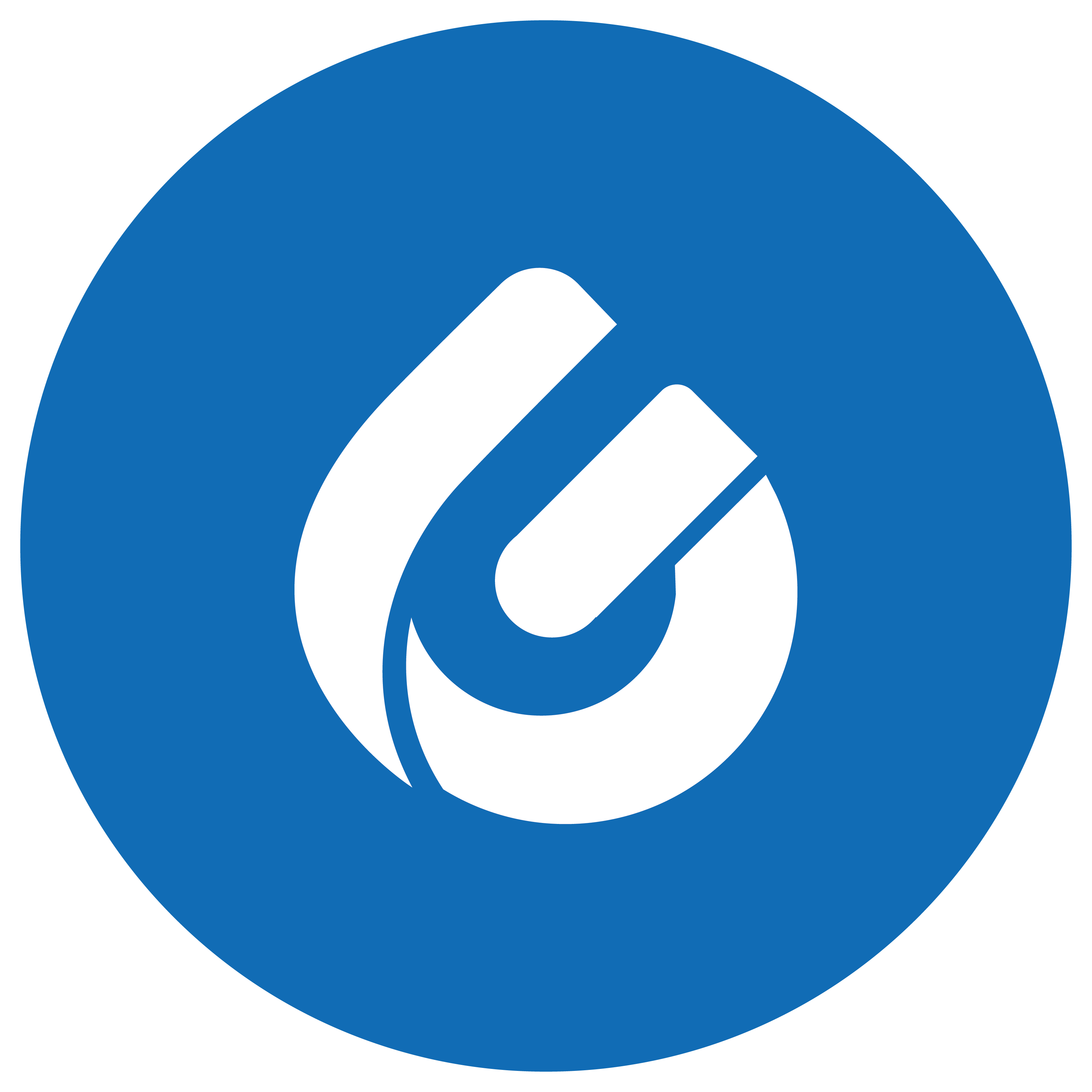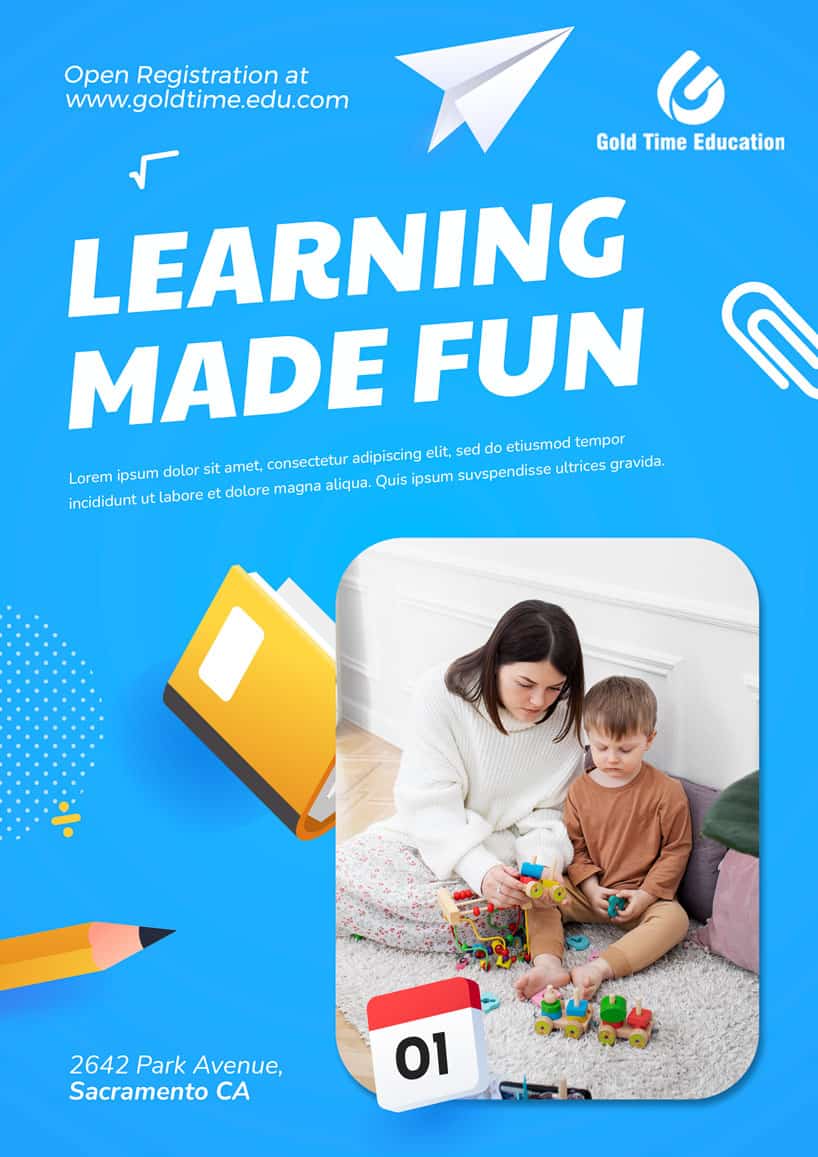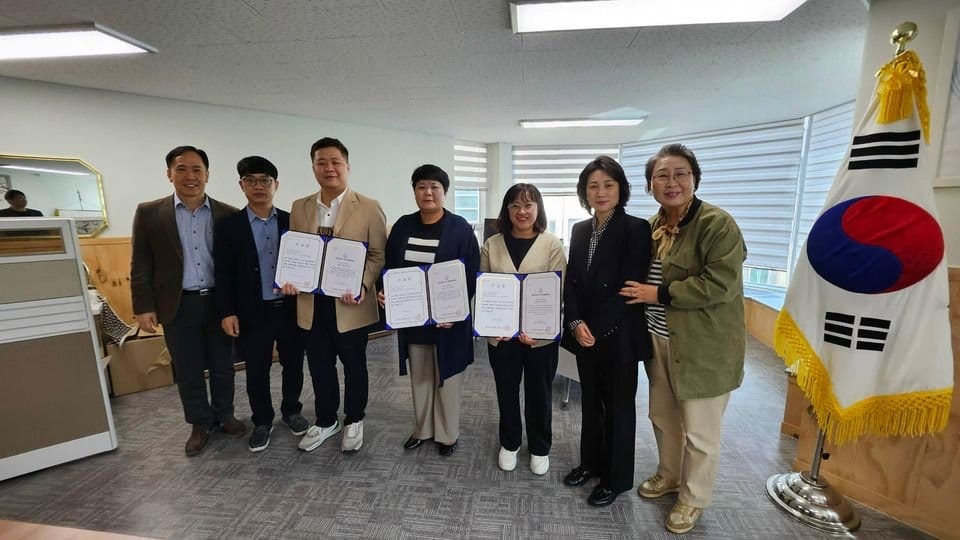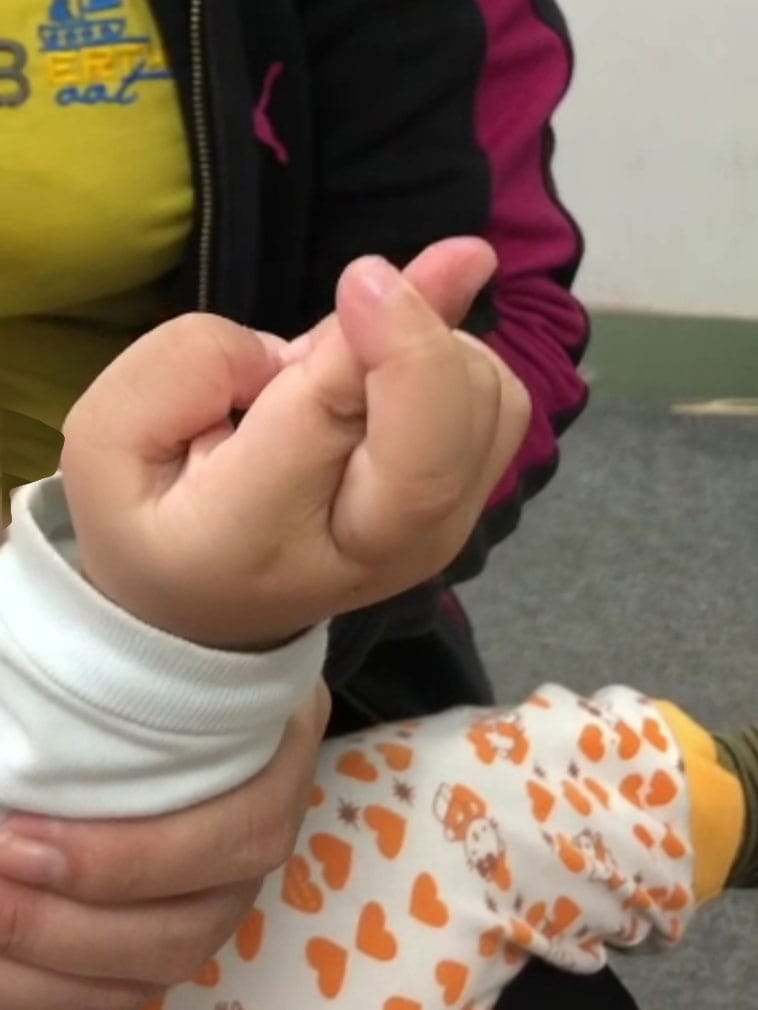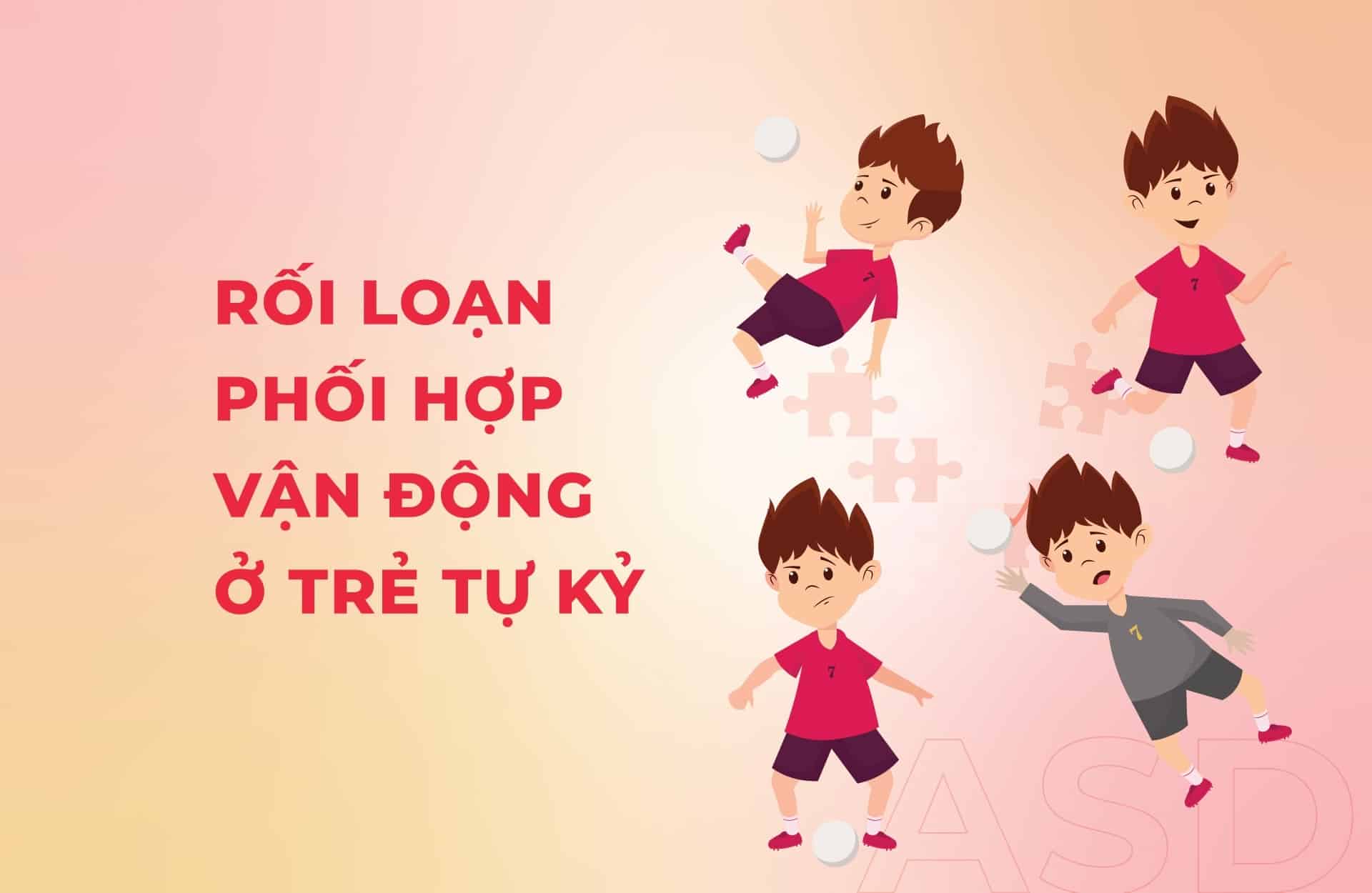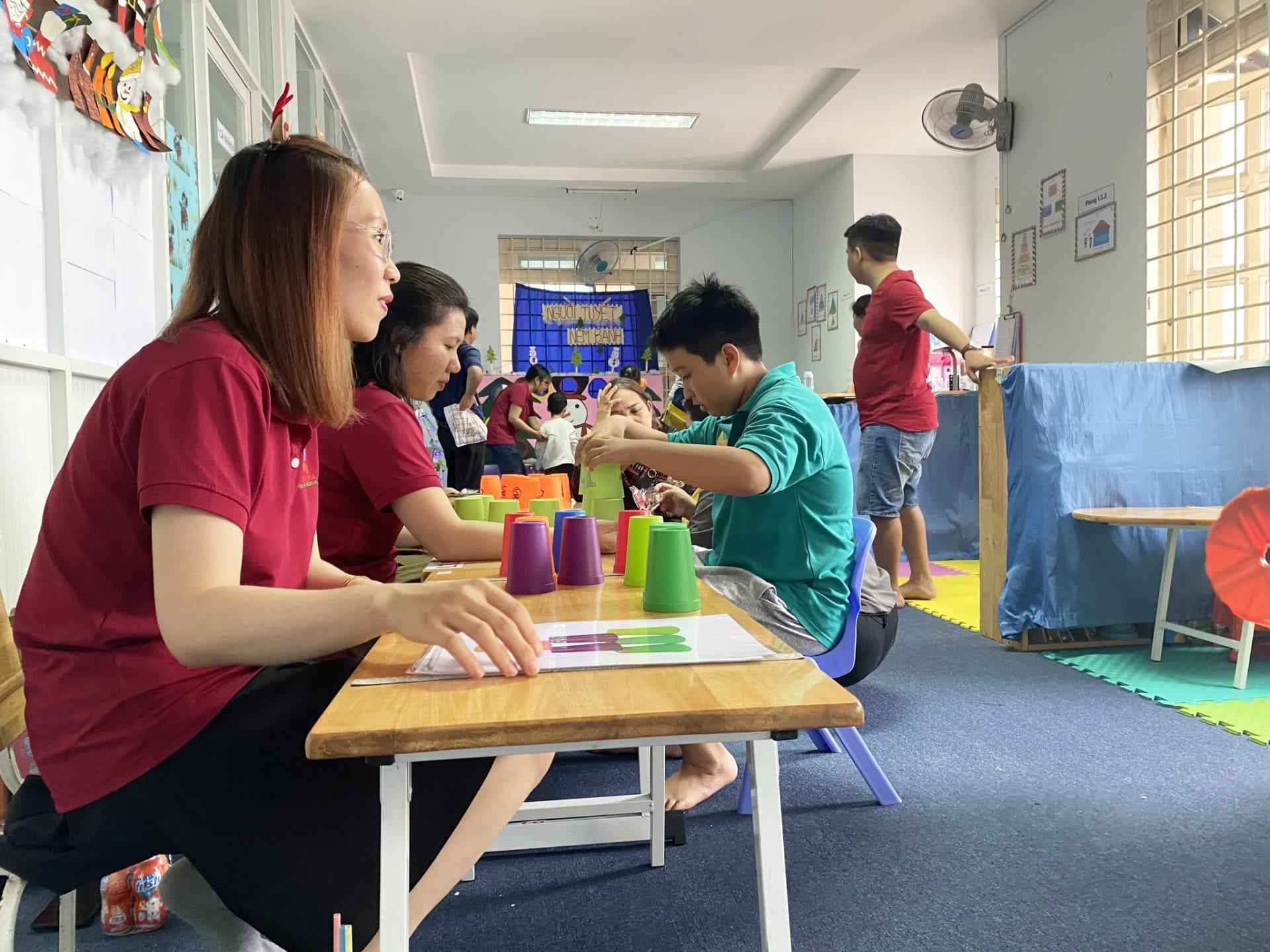Attention-Deficit/Hyperactivity Disorder (ADHD) is one of the developmental mental disorders in children. Diagnosing ADHD is not difficult, but its treatment requires careful attention and patience from parents, along with specialized medications from the psychostimulant group. There are various medications available, such as Concerta, Metadate ER, Methylin ER, Quillivant XR, Ritalin LA, Ritalin-SR. In Vietnam, Concerta has been officially circulated.
However, recently, according to a statement from the US Food and Drug Administration (FDA), the efficacy of Concerta is under review.
Using the mentioned medications is not the sole therapeutic approach for inappropriate or maladaptive behaviors in children. Since the late 1980s, trials have begun in the United States to conduct electroencephalographic biofeedback (EEG biofeedback) in children with ADHD. The results showed improvement in symptoms similar to those treated with medication. By the 1990s, neurofeedback methods were expanded to other neurological conditions based on the principle of neuroplasticity.
Neurofeedback is increasingly researched and applied in some developed countries. The Association for Applied Psychophysiology and Biofeedback (AAPB), the International Society for Neurofeedback and Research (ISNR), and the Biofeedback Foundation of Europe (BFE) have been established and sponsored training, education, and research programs for this therapeutic method.
Neurofeedback is a technique to quantify and train brain activity through physiological feedback of brain electrical waves. Each training session lasts from 30 to 60 minutes, with 10 to 20 sessions per course. Neurofeedback treatment is a safe, non-invasive alternative for treating ADHD in children and adolescents. In November 2013, the American Academy of Pediatrics approved biofeedback and neurofeedback as level 1 or best supportive therapy options for ADHD in children.
ADHD diagnosis is classified into various subtypes, but commonly seen are the inattentive type or combined type with excessive hyperactivity.
The symptoms of ADHD with excessive hyperactivity include:
– Feeling restless, fidgety, and/or constantly searching for objects “within reach – within sight” to play with or “break.”
– Speaking in bursts, sometimes blurting out answers.
– Difficulty maintaining patience and quietness.
– Talking excessively and moving around a lot, continuously shifting activities.
The symptoms of inattention include:
– Inability to concentrate.
– Carelessness in tasks and other assignments.
– Easily distracted.
– Losing or forgetting important items.
– Often leaving tasks unfinished and jumping from one activity to another.
It’s important to note that ADHD in children also needs to be differentiated from many other neurological abnormalities, most commonly specific learning disorders, intellectual developmental disorders, autism spectrum disorders, and reactive attachment disorders. This has led to the development of many costly therapeutic methods with unclear effectiveness.
When treating ADHD with medication proves ineffective, neurofeedback is an alternative therapy. Neurofeedback trains children to become more aware of their physiological responses and how to control their prefrontal cortex – the center for regulating all activities. Neurofeedback electroencephalography (EEG) records brain electrical activities using a specialized technique in biofeedback therapy.
Children with ADHD have a higher rate of abnormal EEG compared to non-ADHD children, such as higher theta waves (sleepiness), lower sensorimotor rhythm (motor control), and lower beta waves (attention and memory processes). Neurofeedback provides auditory and visual analysis of brainwaves, and children learn to maintain appropriate levels for activities.
In a neurofeedback therapy session, EEG electrodes are placed on the scalp. Specific brainwave activities are then detected, amplified, and recorded. Feedback information is immediately displayed on the screen for specialists and patients. Specialists inform patients of what they are observing and train them on how to control brain activities to achieve desired ranges. With the help of a video game program, children learn to maintain low delta wave activity and increase beta waves, or the games will stop. This process is seen as “exercise for the brain” and enhances their concentration and attention.
Research reports show that the frontal regions of the brains of children with ADHD lack regulation, allowing the midbrain to react quickly without proper checks as a system.
Neurofeedback restores the strength of the frontal brain regions and builds better connections between the midbrain and the frontal brain, allowing control and responses to attention, focus, excitement, and emotional responses. Children build memory so they can achieve desired results in treatment sessions and use it later for long-term outcomes.
Methylphenidate is a commonly used central nervous system stimulant to treat ADHD in children and adolescents. Children are typically started on methylphenidate at an initial dose of 18 mg per day in the morning and need close medication management. When using methylphenidate, attention should be paid to avoiding phenobarbital, phenyltopin, and promidone. Methylphenidate has been provided by Janssen Cilag Pharmaceutical Company under drug management regulations. In Ho Chi Minh City Psychiatric Hospital, children with ADHD have been treated on an outpatient basis with this medication, but the cost is quite high.
Many studies show that treating ADHD with the above-mentioned psychostimulant drugs and neurofeedback methods yield comparable effectiveness.
Dr. Pham Van Tru, Ho Chi Minh City Psychiatric Hospital.
(*)
Potential Signals of Serious Risks/New Safety Information Identified by the FDA Adverse Event Reporting System (FAERS) between October – December 2013.
(*) More Drugs Added to FDA Watch List. News Alerts > Medscape Medical News. Robert Lowes. April 21, 2014
References:
1. Kristina Dename. Neurofeedback Therapy an Effective Non-Drug Treatment for ADHD. Psych Central.
2. DSM Fifth Edition. DSM-5. American Psychiatric Association. American Psychiatric Publishing. CBS Publishers & Distributors Pvt Ltd. 2013. Pg 59-66.

